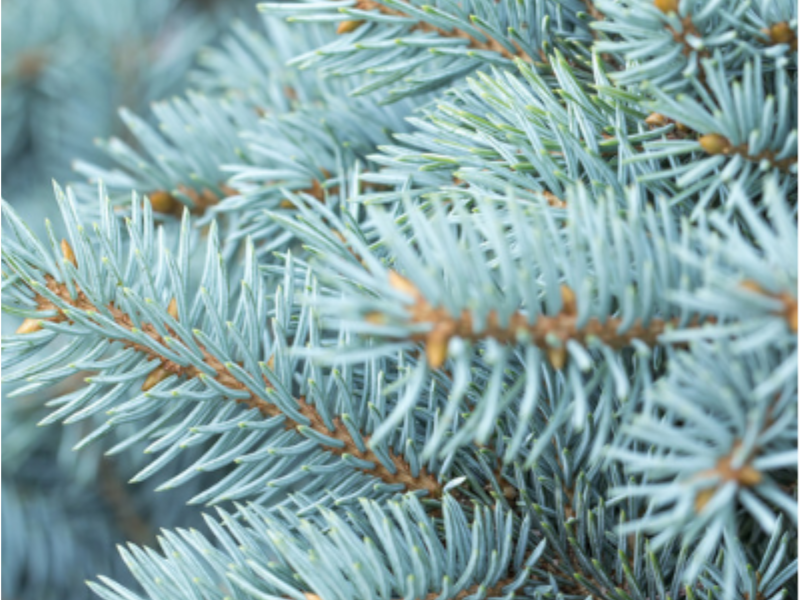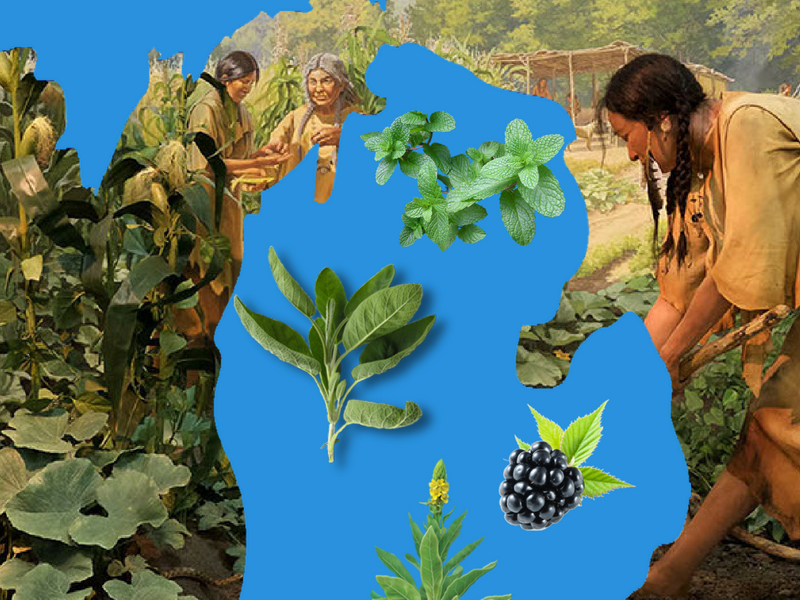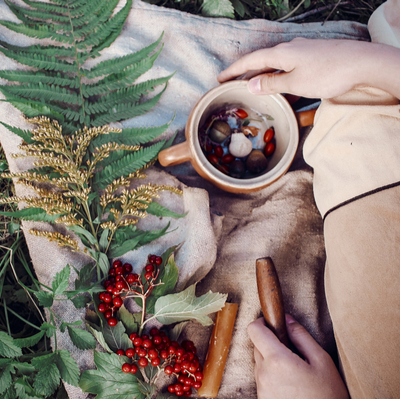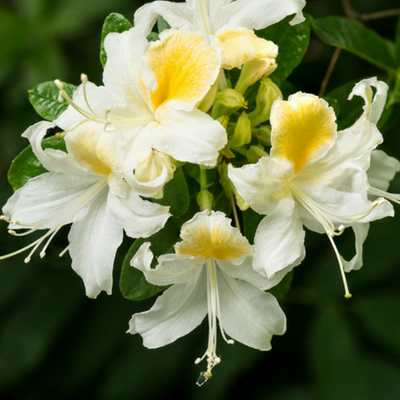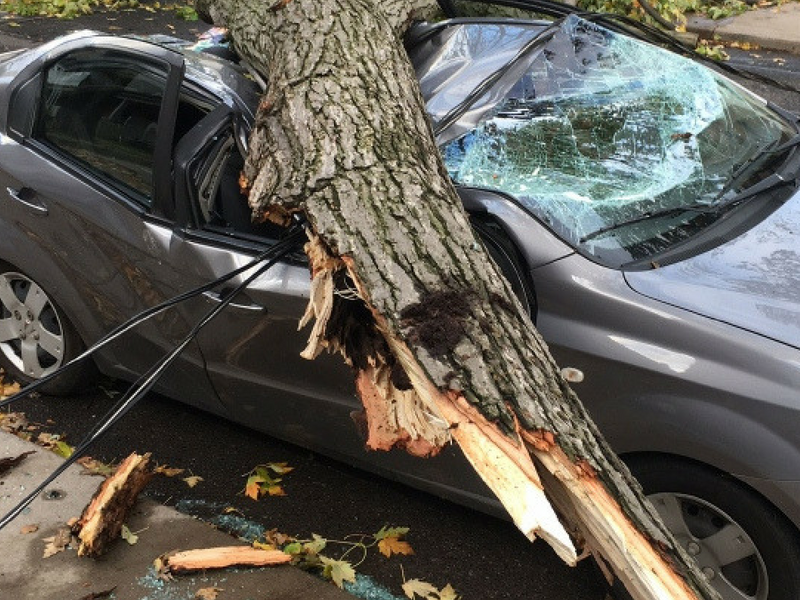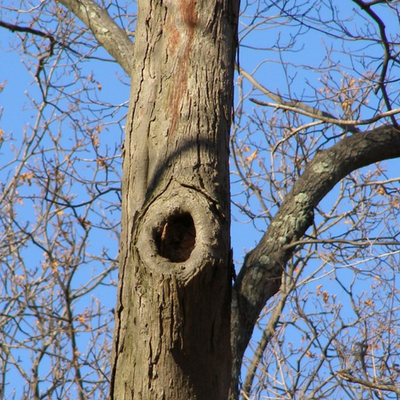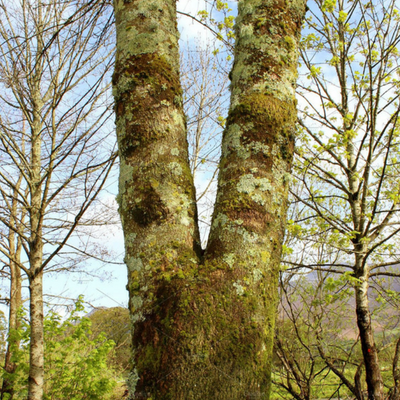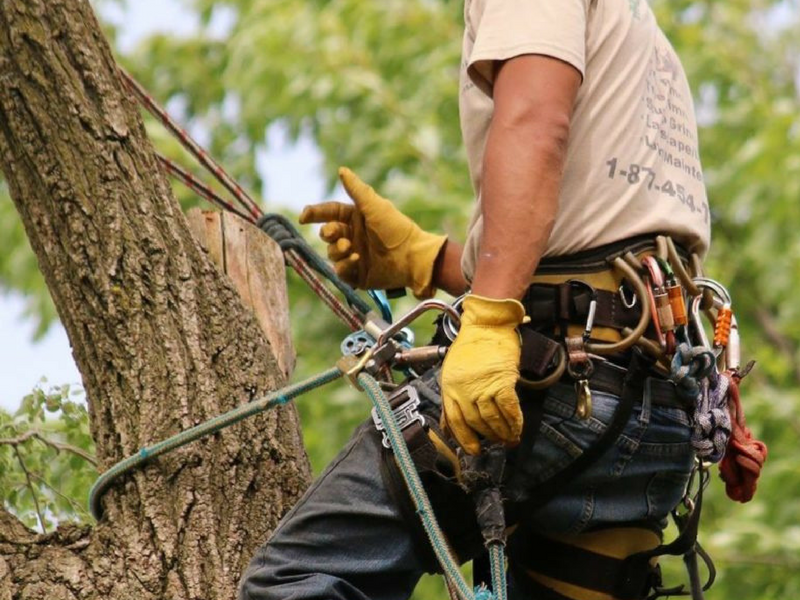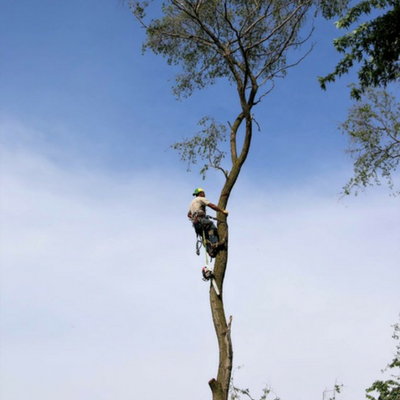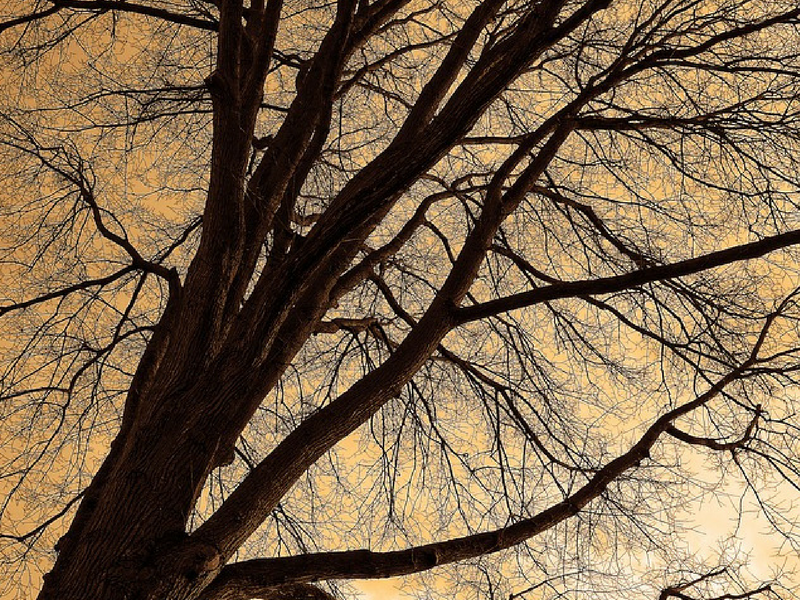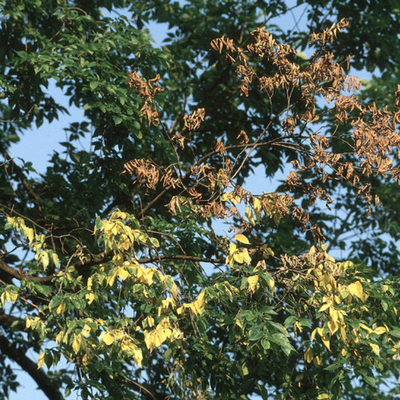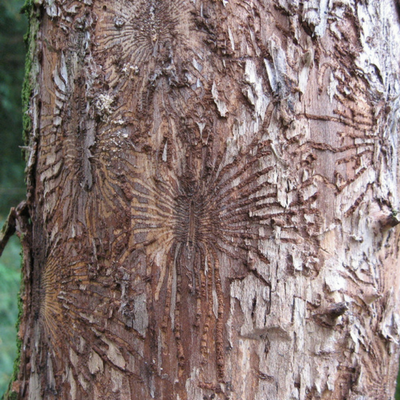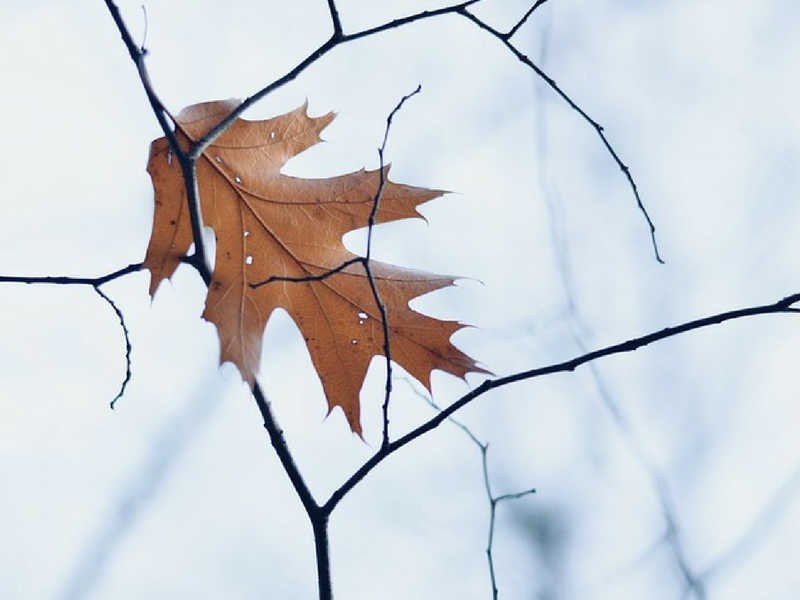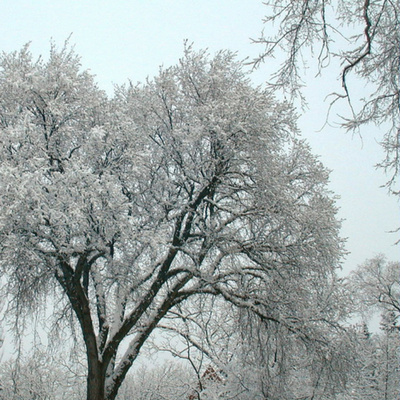The Most Loved Maple Trees In Michigan
Maple trees are some of the most beloved trees in the United States. Here in Michigan, we are blessed with a wide variety of the gorgeous trees that are responsible for the magnificent display of fall colors that people travel from out of state to witness. Maples have large, wide leaves that make them the perfect shade trees for your yard and also maintain excellent shapes throughout their life. You can’t go wrong when choosing a maple. Try planting a variety of them and watch your yard explode with color in the fall.
Sugar Maple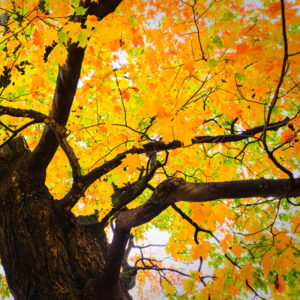
Sugar maples are wildly popular for their standout colors and especially for their maple syrup. In the summer their thick foliage provides great shade for outdoor activities and keeping the temperature in your home down. In the spring, they flower from April to May and produce winged helicopter seeds that can sprout up in yards, flower beds, or gardens, making them easy to transplant.
When fall rolls around, the sugar maple puts on a spectacular display of yellow to burnt orange to red. It tolerates shade, prefers well-drained, moderately moist soil. If you are planting from saplings be sure to protect them; The tender leaves of young sugar maples are a favorite for deer.
Silver Maple
Of all the maple trees in Michigan, the silver maple tree is by far the fastest-growing, making it the tree of choice for many homeowners. Its dense foliage provides ample shade in the hot summers, but it does require a lot of sunlight so plant it in an open area. Be careful when planting it near other young trees as the silver maple will grow faster and deprive the other trees of sunlight.
Silver maple leaves are green on top and silvery-white underneath. On windy days you can really see where they get their name. In the fall, it’s leaves turn a golden yellow color, adding a different shade to your landscape.
Because of their fast growth, refrain from planting them near structures and sidewalks as their roots can cause a lot of damage.
Crimson King Maple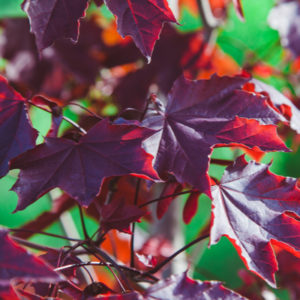
Looking for a tree to add some color and interest during the summer months? The crimson king is a stand-out maple that has breathtaking deep red foliage all year round. This tree is more contained than other maples, reaching heights of 35-45 feet and 25-30 feet wide. It may not be a wide-covering shade tree like the silver and sugar maples, but it does add variety to an otherwise green landscape.
Red Maple
Not to be confused with the crimson king, red maple trees actually have green foliage in the summer. It gets its name from the stunning bright red leaves that appear in the fall. They can grow 40-70 feet tall and, with a spread up to 50 feet, it makes an excellent shade tree for the backyard or patio.
At PPM Tree Care, we provide tree trimming, pruning, and tree cabling to help your trees grow up to be the best they can be.
You can ask about our wide range of services here or call us at (877) 454-8733.
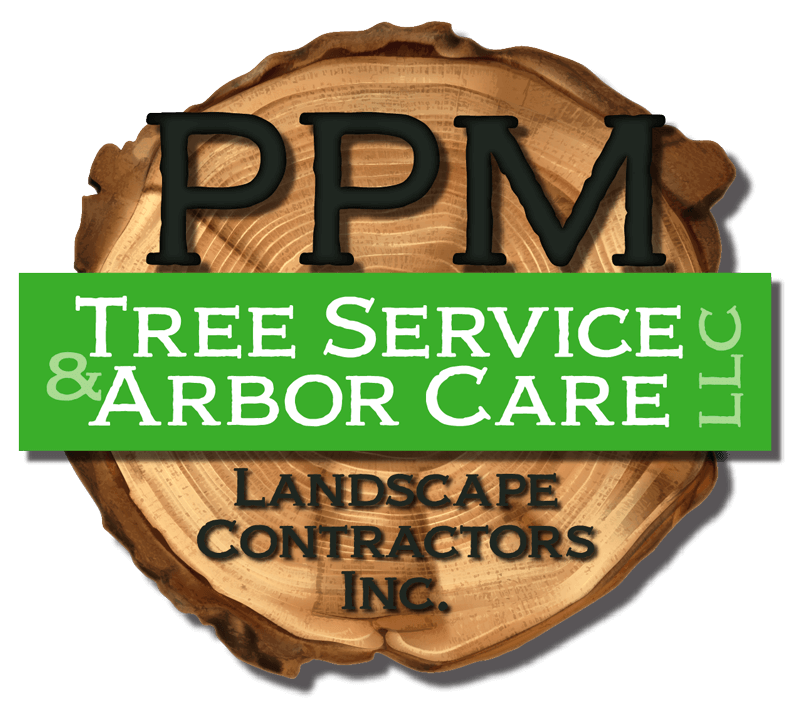
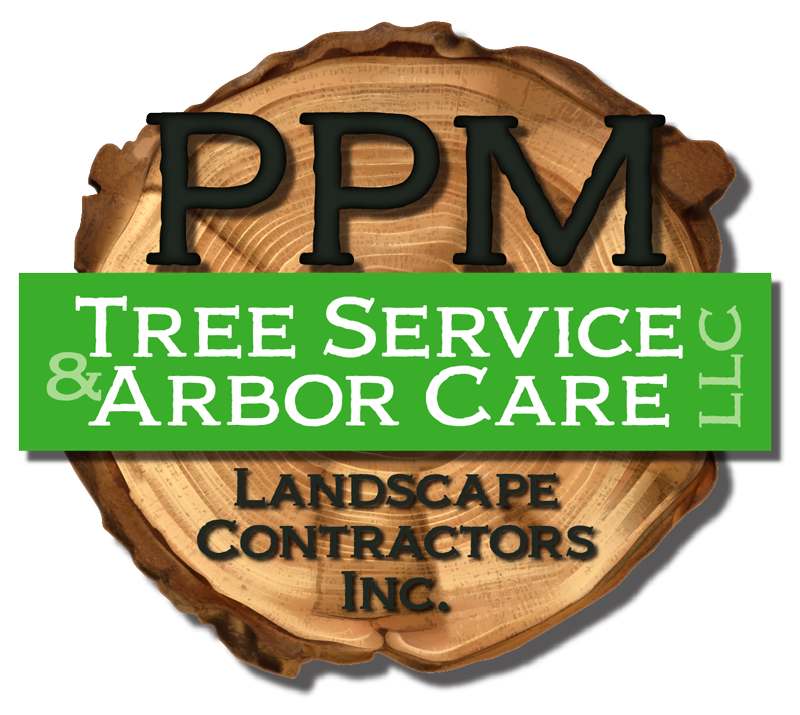
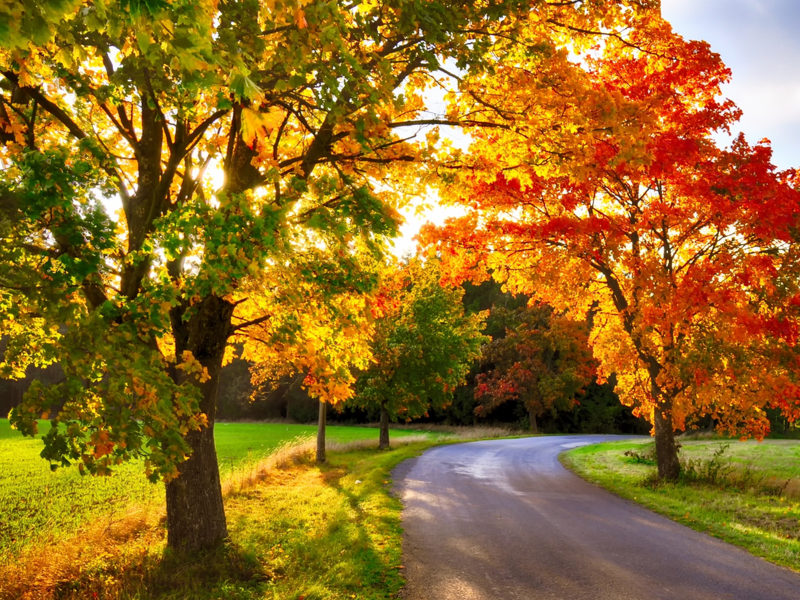
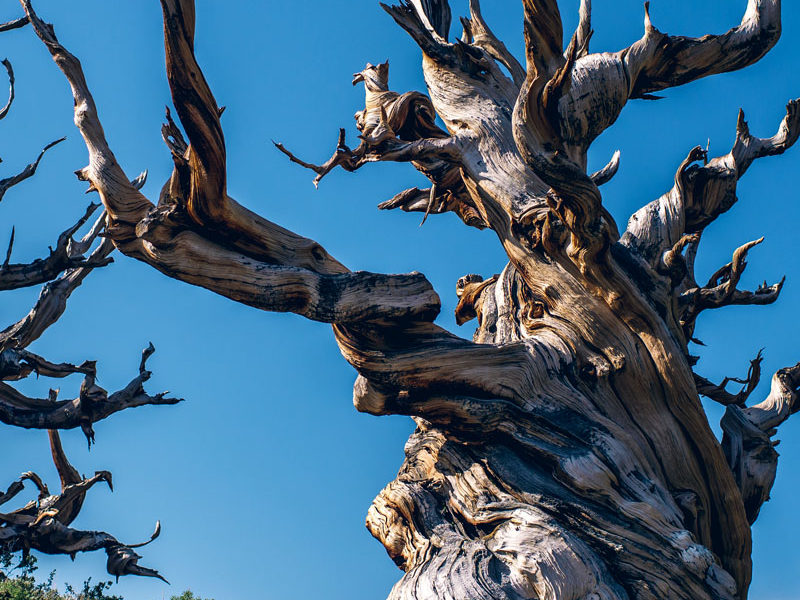
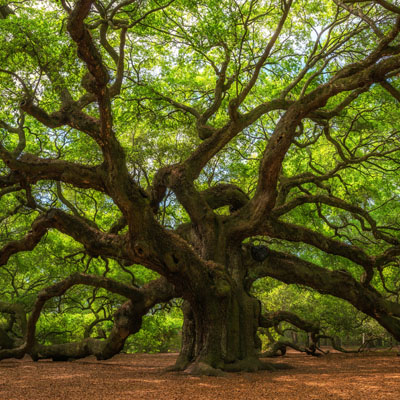 Our first tree on the list of oldest trees in the world starts with the Angel Oak located in South Carolina. This majestic-looking southern live oak is estimated to be between 400 and 500 years old. For historical reference, this tree was sprouting back before the colonization of North America, during the time Cortes was finishing up his conquest of the Aztecs and the first English version of the Bible was being printed on a printing press. It’s amazing to imagine the historic events that this tree has lived through and if it had eyes, the changes it has seen take place around it. But this is just the tip of the iceberg when it comes to the oldest trees in the world.
Our first tree on the list of oldest trees in the world starts with the Angel Oak located in South Carolina. This majestic-looking southern live oak is estimated to be between 400 and 500 years old. For historical reference, this tree was sprouting back before the colonization of North America, during the time Cortes was finishing up his conquest of the Aztecs and the first English version of the Bible was being printed on a printing press. It’s amazing to imagine the historic events that this tree has lived through and if it had eyes, the changes it has seen take place around it. But this is just the tip of the iceberg when it comes to the oldest trees in the world.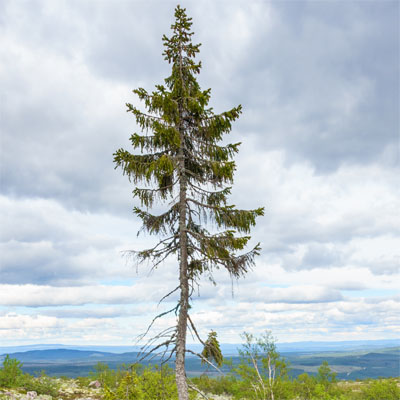 Located in Florida, The Senator was one of the biggest and oldest bald cypress trees in the world at 3,500 years. But a string of bad luck led to the demise of this gentle giant. In 1925 a hurricane broke off the top portion of the tree, reducing its height significantly. Then in 2012 a careless tourist climbed The Senator, smoked a cigarette, and started a fire inside the tree. Sadly, the fire destroyed this ancient tree but, fortunately, the tree was cloned back in the 90s. The clone’s name? The Phoenix. How’s that for poetic justice?
Located in Florida, The Senator was one of the biggest and oldest bald cypress trees in the world at 3,500 years. But a string of bad luck led to the demise of this gentle giant. In 1925 a hurricane broke off the top portion of the tree, reducing its height significantly. Then in 2012 a careless tourist climbed The Senator, smoked a cigarette, and started a fire inside the tree. Sadly, the fire destroyed this ancient tree but, fortunately, the tree was cloned back in the 90s. The clone’s name? The Phoenix. How’s that for poetic justice?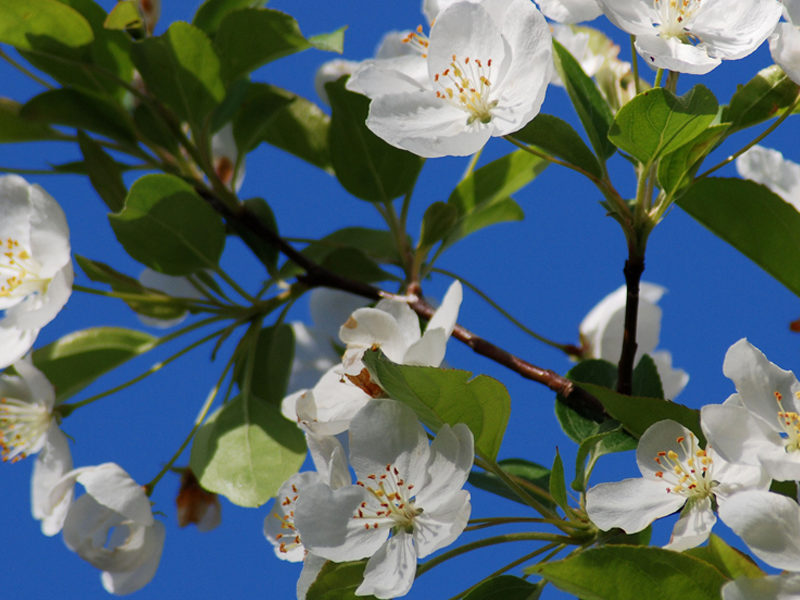
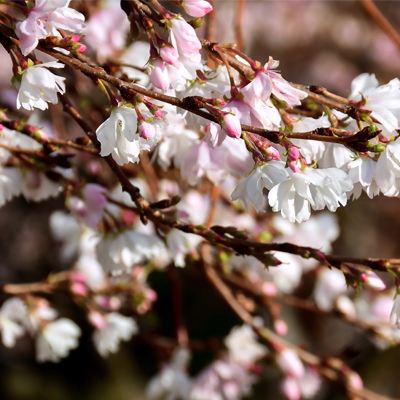 With spring around the corner, it’s time to start thinking about what you are going to plant this year. If you are looking for trees that do more than just making a mess at the end of the year then try planting a flowering tree. There are many types of flowering trees out there but they all can add a little interest and color to your landscape. Luckily, I have compiled a list of some eye-popping flowering trees to make your search a little easier.
With spring around the corner, it’s time to start thinking about what you are going to plant this year. If you are looking for trees that do more than just making a mess at the end of the year then try planting a flowering tree. There are many types of flowering trees out there but they all can add a little interest and color to your landscape. Luckily, I have compiled a list of some eye-popping flowering trees to make your search a little easier.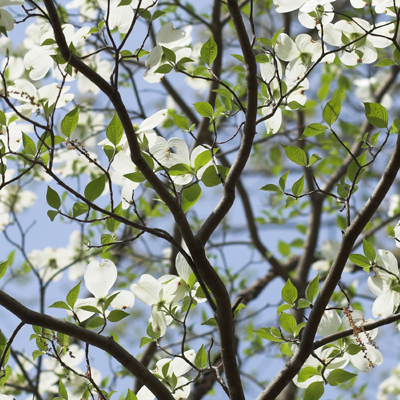 White Dogwood
White Dogwood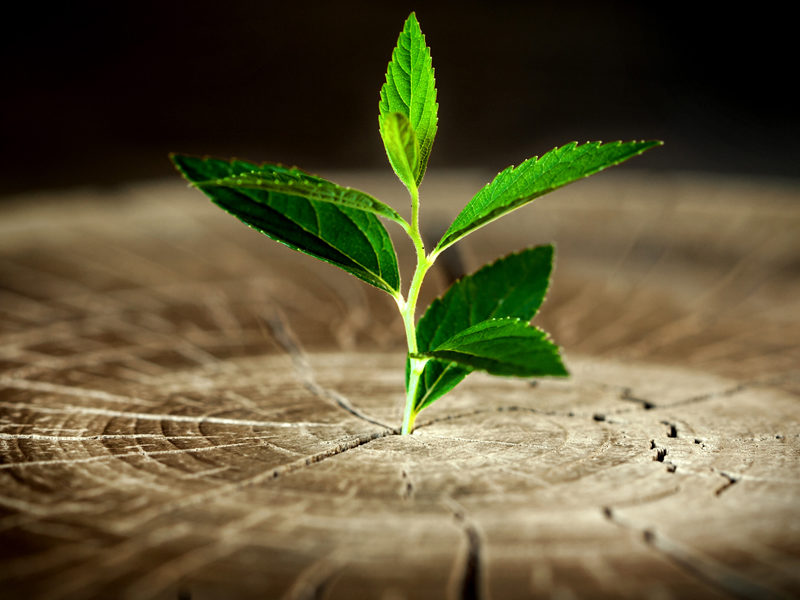
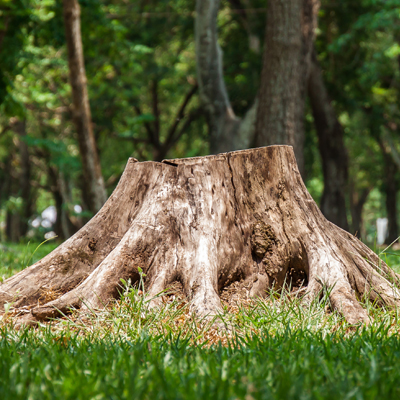 We love trees for their sturdiness and hardiness but when they die or need to be removed those traits can come back to haunt us. Cutting the tree down is the easy part. Stump removal is the hard part.
We love trees for their sturdiness and hardiness but when they die or need to be removed those traits can come back to haunt us. Cutting the tree down is the easy part. Stump removal is the hard part.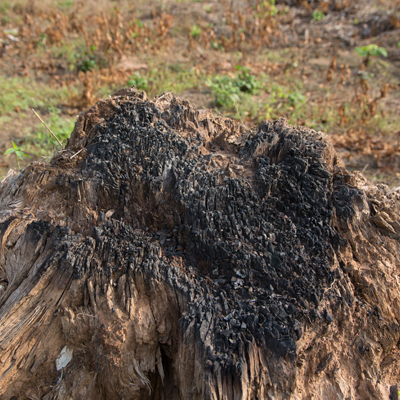 Wood from a tree trunk is often much denser than wood from branches. That’s because as trees age their centers become harder.
Wood from a tree trunk is often much denser than wood from branches. That’s because as trees age their centers become harder.